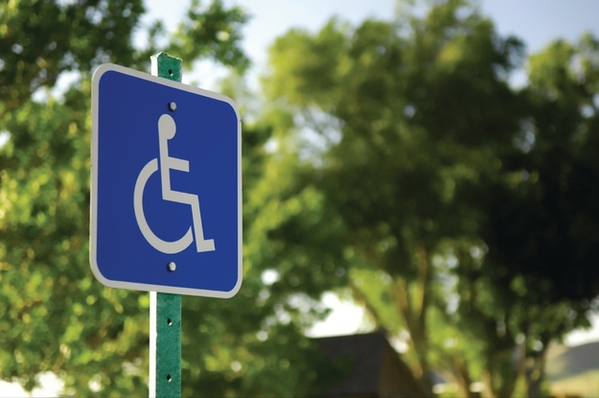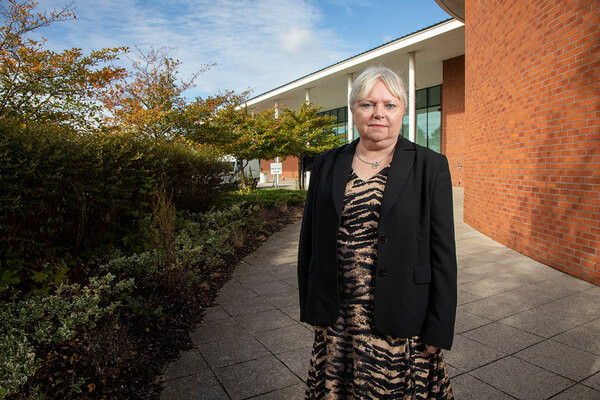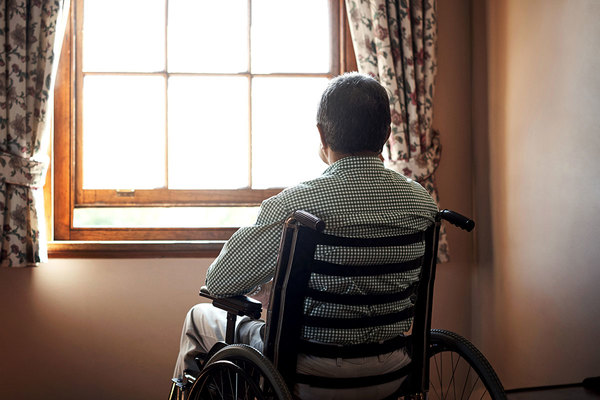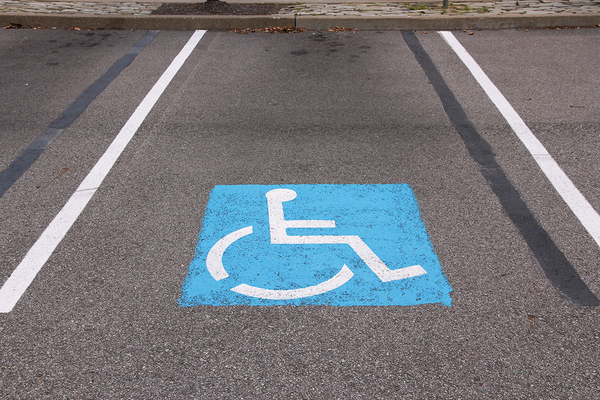You are viewing 1 of your 1 free articles
Housing supports health and care – so let’s have more joined-up thinking
Housing has long been recognised as key in the health and care services equation, but more should be done to recognise this and encourage joint working, argues Paul Smith
For as long as I can remember, the housing sector has been calling for greater recognition of its role in supporting the health and well-being of the population.
I’ve lost count of the number of times I’ve heard housing described as the “third leg of the stool” without which health and care would fall over. Except, for the most part, they stumble on regardless.
From undertaking a review of Disabled Facilities Grants (DFGs) in England last year, it became apparent how home adaptations could be the glue that firmly attaches that third leg.
First, the legal eligibility for a home adaptation is tenure neutral. If you’re a nurse or a doctor then tenure is an unwanted complication when it comes to the majority of housing services.
Adaptations directly benefit their patients and can often make the difference between someone staying in the hospital and being able to successfully return to their own home.
DFG, the budget for which has risen by around 8% to £505m for 2019/20, also sits at the intersection of organisational responsibility and policy.
It is funded by the Department of Health and Social Care with policy provided by the Ministry of Housing, Communities and Local Government.
Statutory duties for equipment and minor adaptations rest with social services and housing departments award larger grants. But, most importantly, a disabled person who needs home adaptations is also likely to need other support from the public sector and should expect to receive a person-centred, joined-up service.
This theme of integration is the thread that runs through the review of DFG.
“We found that those areas where there is good joint working leads to more effective delivery and better outcomes for residents”
It strongly recommends the establishment of housing and health partnership boards to feed in to every health and well-being board.
This would provide strategic oversight for the full range of adaptations in a locality, but there is massive potential for them to have a much wider remit.
This could include the provision of extra care and other supported housing, housing options, homelessness, standards for new homes and any other matters considered important.
This concept of strategic oversight and joined-up working is, of course, nothing new. Guidance has called for joint policies between housing and social care since at least 1996 – with little progress across much of the country.
However, we found that those areas where there is good joint working leads to more effective delivery and better outcomes for residents – particularly in areas where district and county councils work together.
Warwickshire is a great example. Staff from the county and districts have been seconded into one integrated team that provides person-centred information, advice, home repairs and adaptations services.
They will tell you that it hasn’t always been easy, but the results are truly impressive. For instance, 97% of enquiries now result in a positive outcome compared with a sector average of around 70%.
This approach was welcomed by the vast majority of people and organisations that we consulted, including the Local Government Association and the Association of Directors of Adult Social Services.
The exception was the District Councils Network, which suggested that a housing and health board would add a further layer of complexity and bureaucracy in making adaptions to homes.
I think this rather misses the point and the opportunity to formally recognise and co-ordinate the housing offer.
I’ve worked in both county and district councils and understand the often uneasy dynamic.
But where it works, it really works – and it creates the opportunity to form wider partnerships across housing, health and care. And we may finally get that three-legged stool that stands steady.
Paul Smith, director, Foundations














